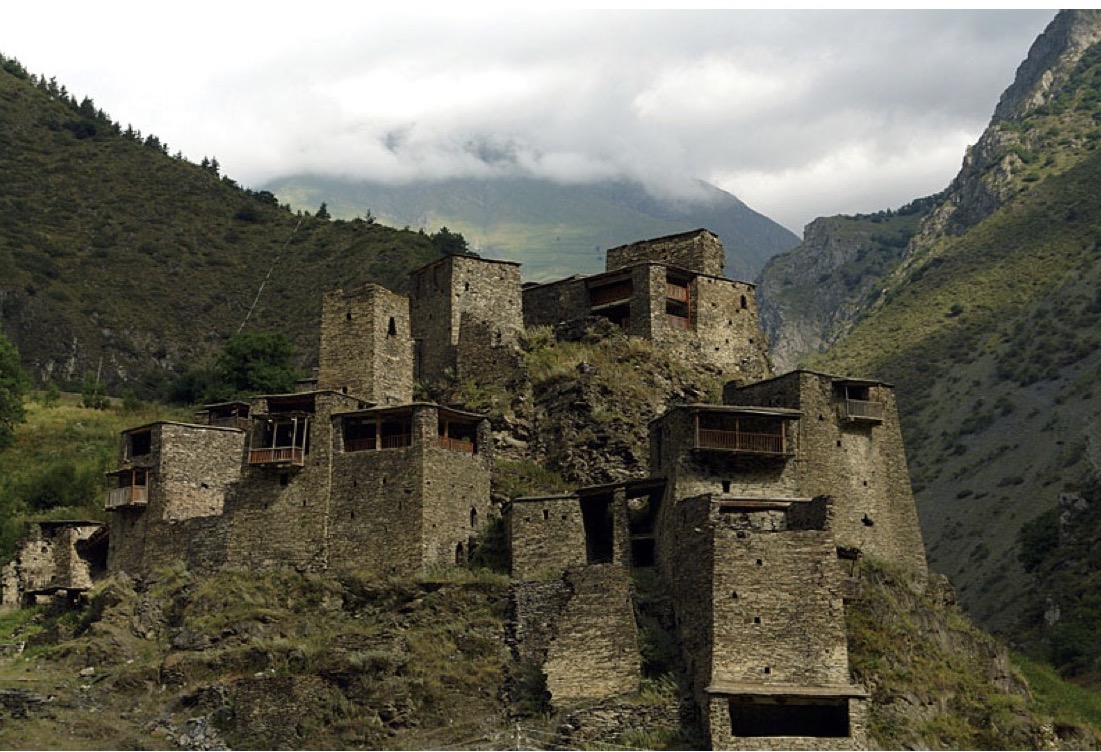1982. I hated teaching English, so I got an idea. I searched the Tokyo yellow-pages, and found “Private Detectives.” There were four or five Japanese names, and then: Torrance Investigations. So I called and arranged to meet the man himself in a Tokyo Station restaurant at 7:30, Saturday evening. We exchanged brief descriptions and hung up. I got there at 7:15. I figured if I was going to get a new job, I shouldn’t be late.
The restaurant was a run-down place in a sub-basement floor. You bought meal tickets at the front, taken by white-jacketed snot-nosed young waiters with curly permanents, and three maître’d: little old Japanese men in tuxedos with brilliantined hair. It looked like an old, very neglected hotel restaurant.
I scanned the place, and there was no Jack Torrance. He said on the phone he was 6 feet, 190 pounds, fit, slightly balding. “You’ll know me.” I’m rather nearsighted, and could see in blurry vision a white man on the other side of the room. Didn’t seem to fit the description, but who knows. So, I went across the room and I could see he was a seedy badly-shaven little guy, balding with a fringe of white hair. He looked up at me with a sneer. “Yeah?”

